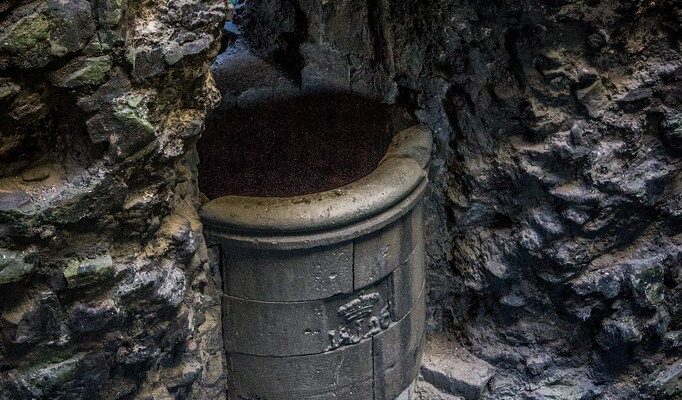Rochester Castle
Rochester Castle is located in the county of Kent, in the southeast of England. Although it has been rebuilt several times, the majestic medieval castle has retained its 12th century appearance and is a fine example of Norman architecture within the United Kingdom. Dominating Rochester Castle, the massive donjon is considered one of the best-preserved medieval monuments in England.
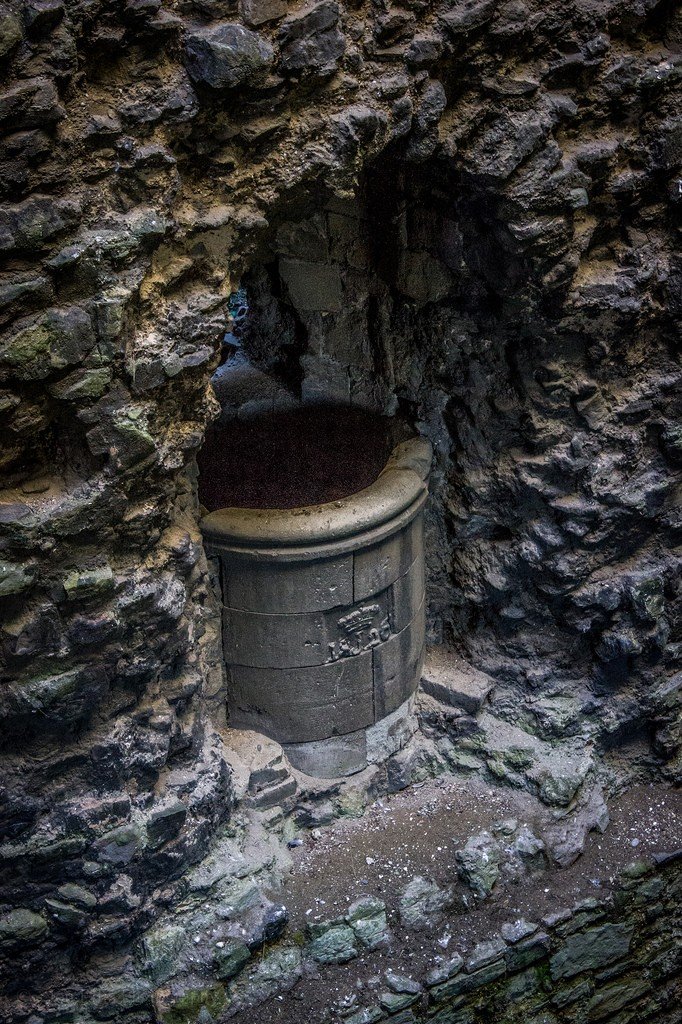
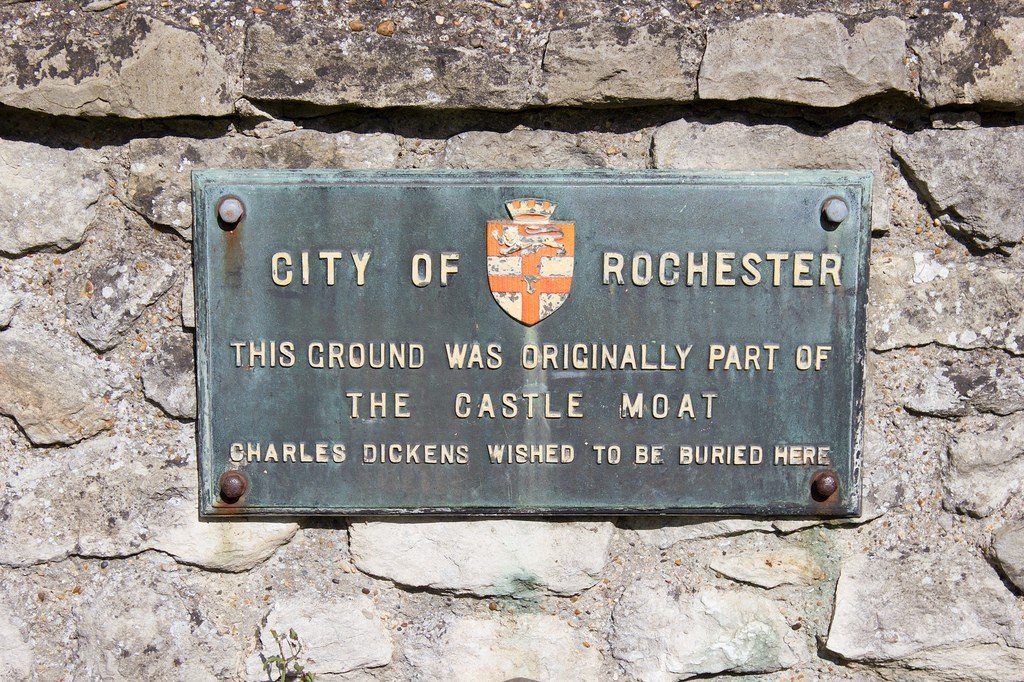
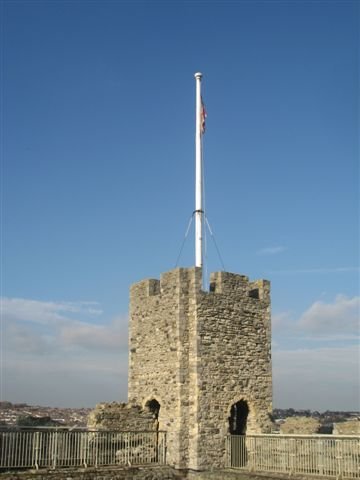
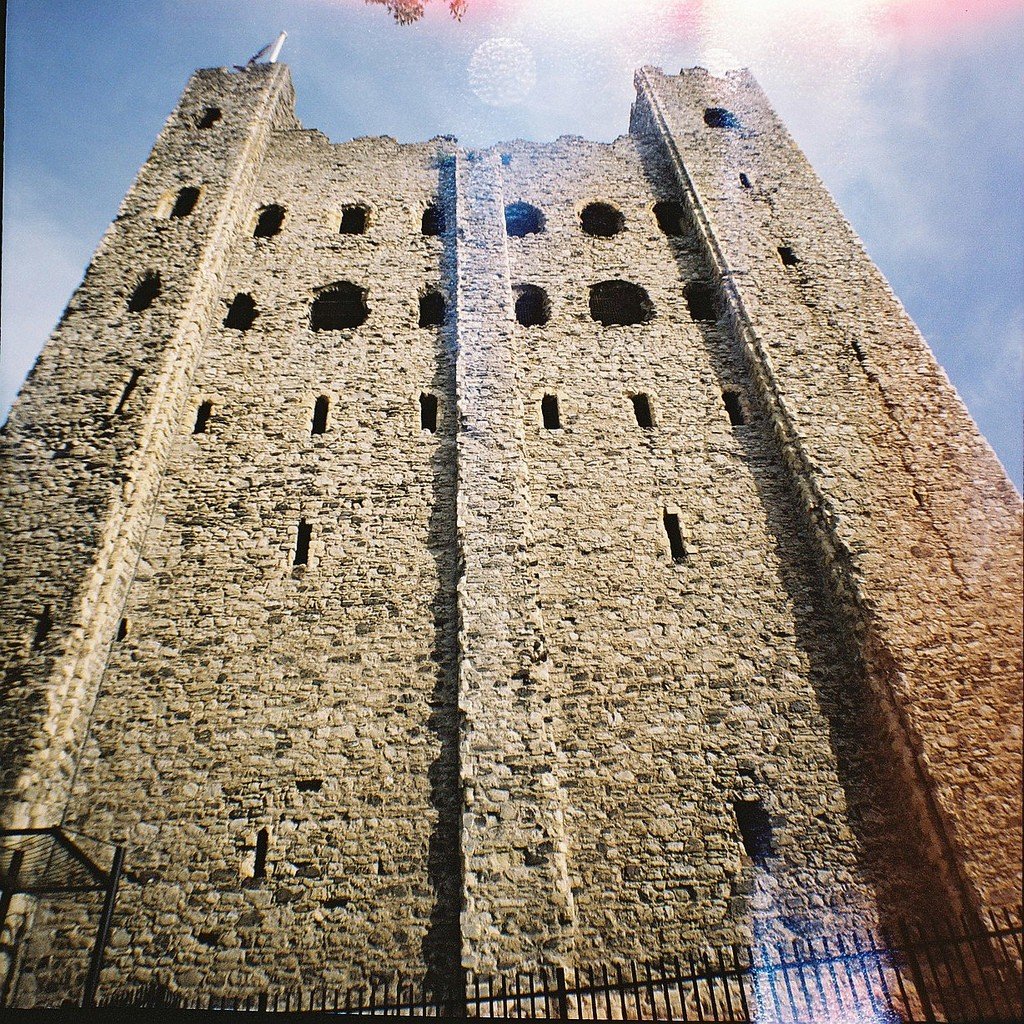
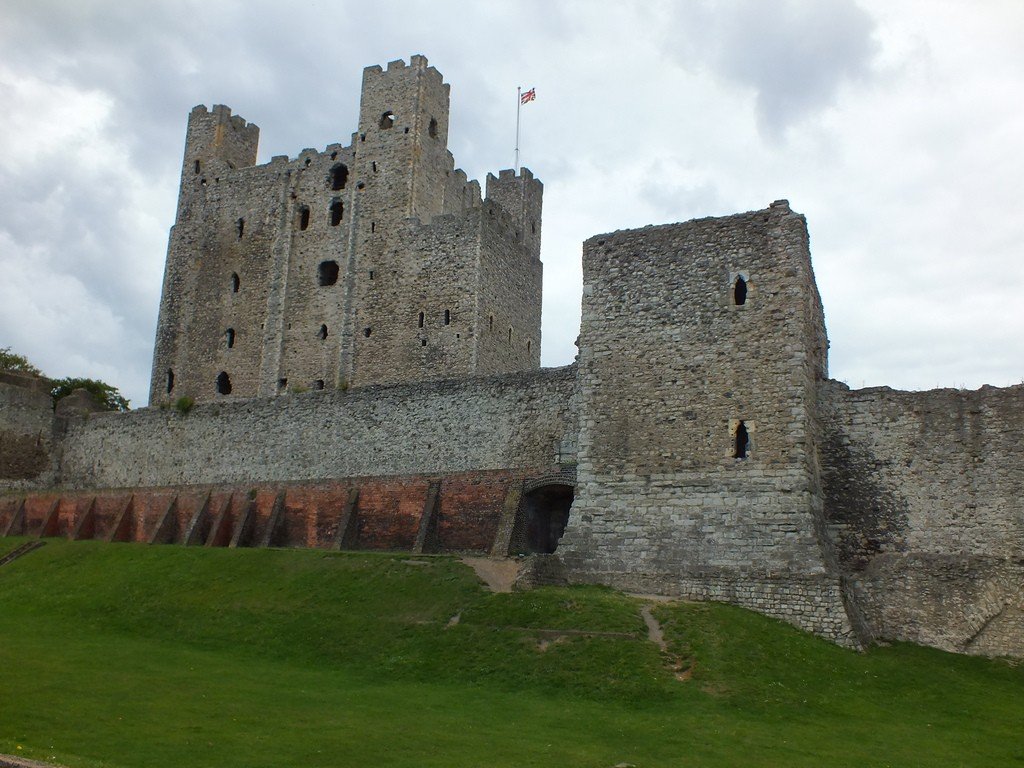
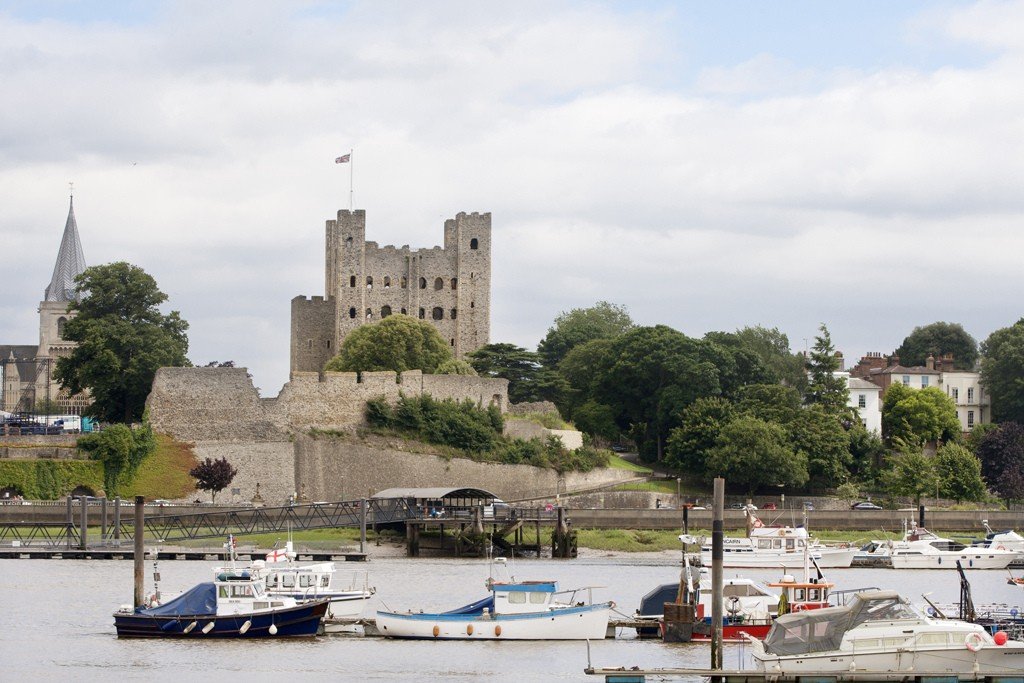
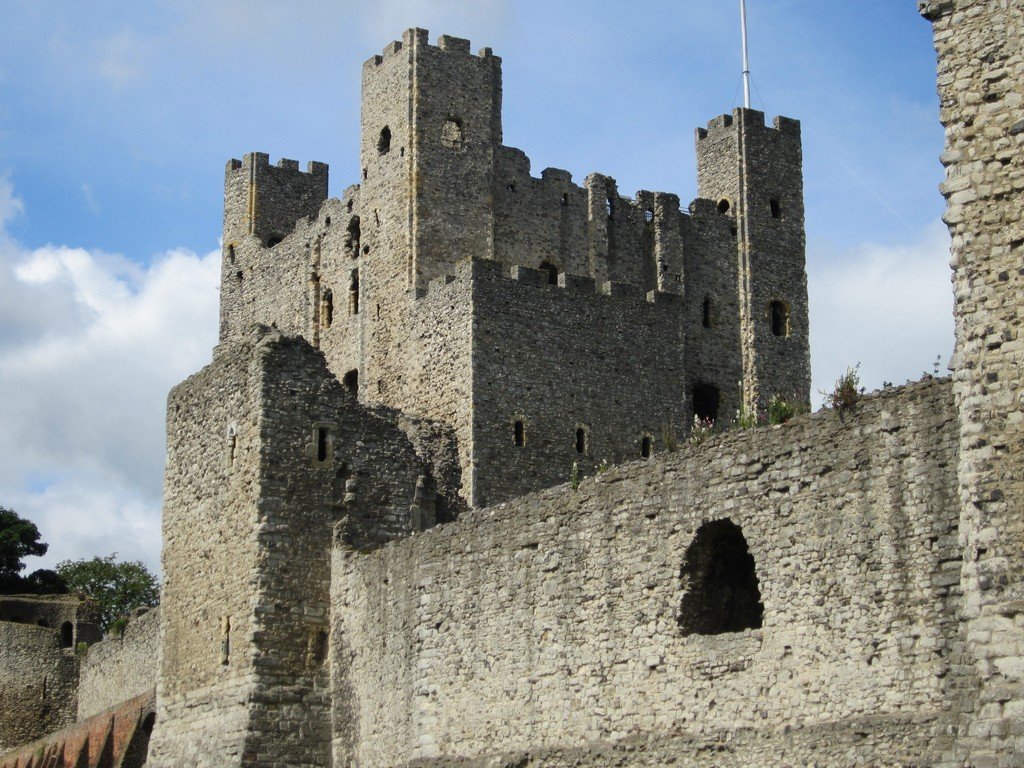
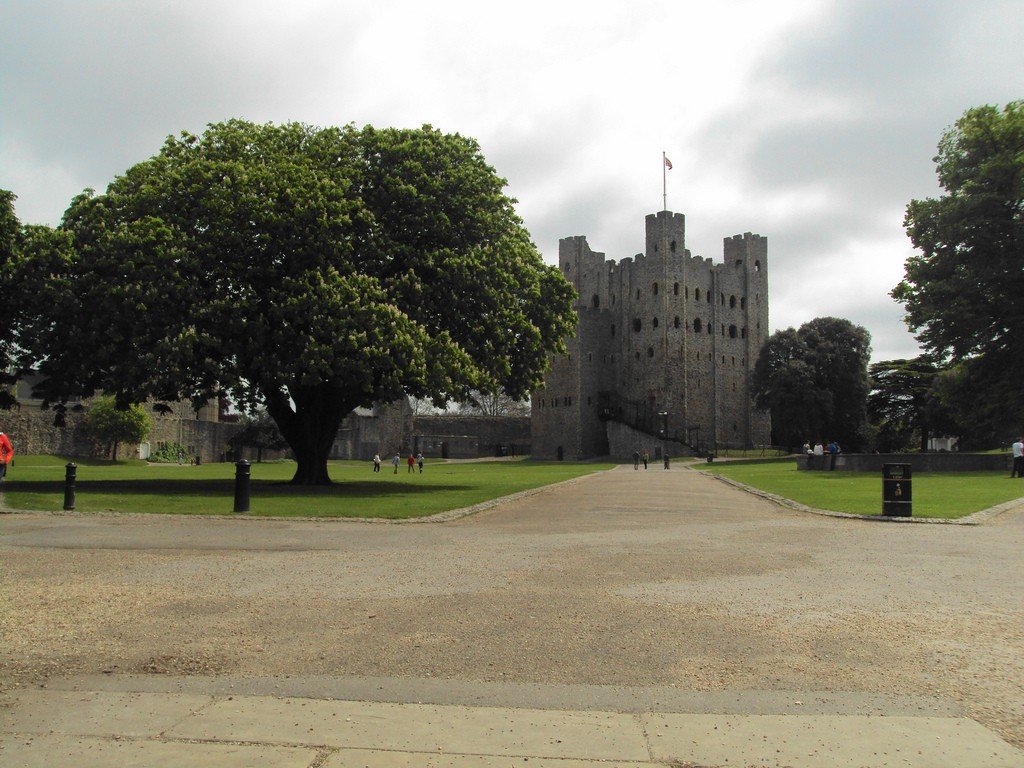
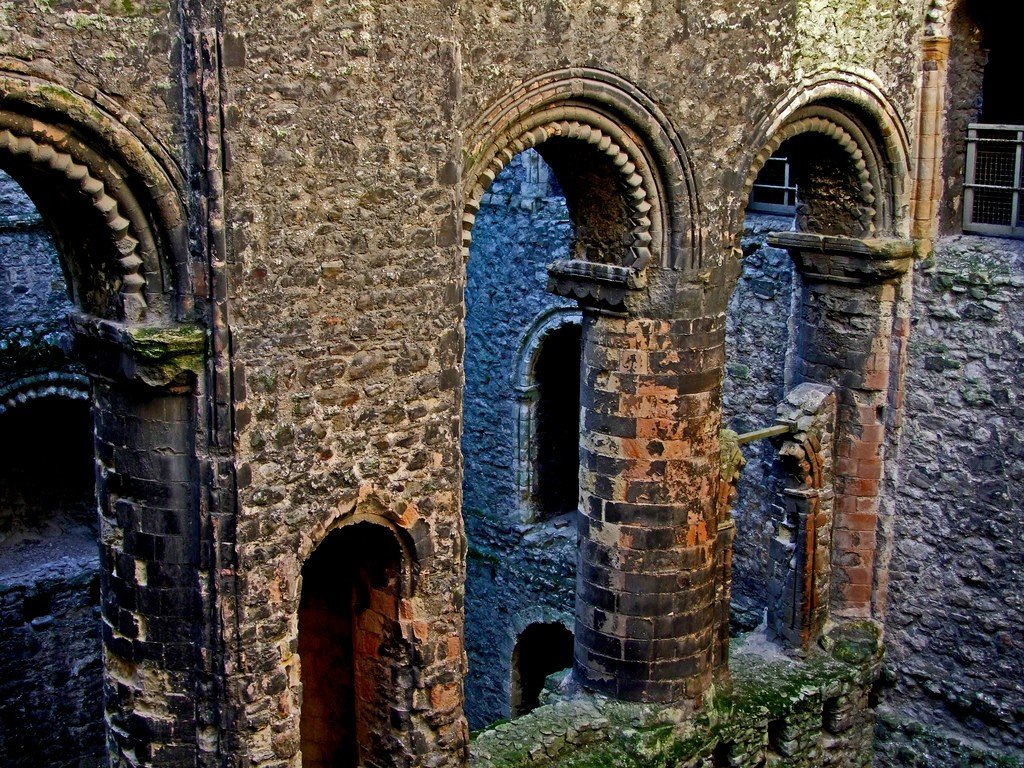
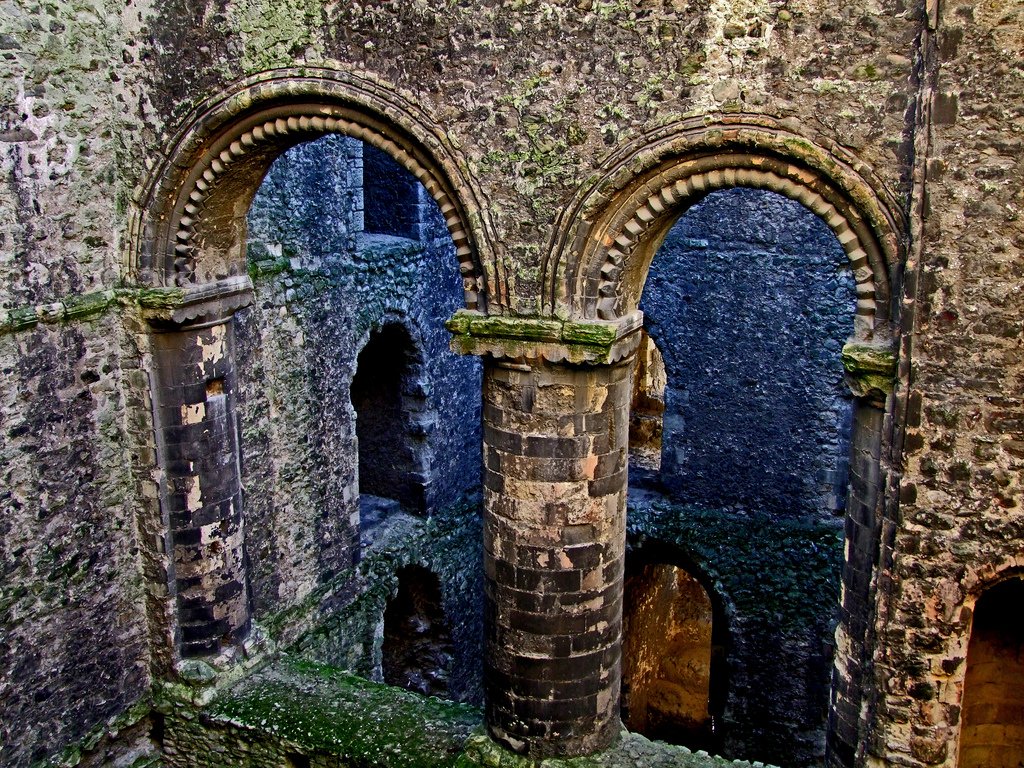
Video: Rochester Castle
” title=”YouTube video player” frameborder=”0″ allow=”accelerometer; autoplay; clipboard-write; encrypted-media; gyroscope; picture-in-picture; web-share” allowfullscreen> Contents- General information
- Tourists
- History of Rochester Castle
- Features of the architecture
- How to get there
General Information
The picturesque castle inspired the writer Charles Dickens and the painter William Turner. These days, Rochester Castle has been restored and is protected by English Heritage, a government organization. It has the status of an architectural monument of high importance and is very popular with tourists.
.
The first floor of the ancient fort used to be used as storerooms. On the second floor lived the commandant of the fort, whose duty was to look after the buildings in the absence of the owner, and the third floor was intended for the owner and his retinue. It housed the chapel and the most spacious rooms, the ceiling height of which exceeded 8 meters. Fragments of powerful fortress walls have been preserved around the castle.
.Tourists
For tourists, the grounds and halls of Rochester Castle are open any day except Monday. You can visit from April to September from 10.00 to 18.00, and from October to March from 10.00 to 16.00. There is a charge for the visit. Please note that ticket sales stop 45 minutes before closing time. Tours of the fortress are conducted in English, German and French.
.History of Rochester Castle
The first wooden fortress in the city of Rochester, on the east bank of the River Medway, appeared in the late 11th century, after the Norman invasion. It served as a strategically important point from which the whole of the south-east of the country could be controlled, and was mentioned in the Domesday Book. In 1086 William I the Conqueror gave the castle to his supporter and half-brother, Bishop Odo. A garrison of sixty knights was permanently garrisoned at Rochester Castle.
>In 1087, the English king died and a bitter power struggle began between William’s two sons. The bishop came out in support of his eldest son Robert and made the fortifications the main center of the rebellion against King William II the Red. Because of this, the unfinished fortress was at the center of a major military conflict. The castle was besieged by the king’s troops and abandoned after the garrison surrendered. However, the fort was not empty for long. Soon the wooden buildings were demolished and a new stone castle was erected under the bishop and architect Gandalf of Rochester.
.In 1127, King Henry I of England presented the castle to William de Corbeil, Archbishop of Canterbury. The local diocese was granted possession of the fort in perpetuity, but on the condition that a strong fortification would be established there. At the expense of the king in Rochester began to build a high stone donjon. From the documents we know that the stone tower grew three meters a year, and its construction was completed in 1138.
.The Rochester fortifications endured a second siege during the First Baronial War, which took place in the early 13th century. The defenders of Rochester Castle held out for seven weeks. During the heavy fighting, the castle walls were damaged in several places, and one of the walls of the powerful donjon tower collapsed. Only under threat of starvation did the knights retreat, and the castle fell. True, the winners did not triumph long, a few years later the fortress still came under the rule of the English kings and was rebuilt again.
.
The third siege of the castle came during the Second Baronial War, which took place in the 1260s. A rebel army stormed Rochester and wanted to take possession of the castle. The siege lasted for a week but was ended as the king managed to escape from captivity. Because of the hostilities, the old building was badly destroyed and it was not rebuilt for a long time.
.The last battles for Rochester Castle took place during a major peasant revolt in 1381, led by Wat Tyler. After the siege, the captured fortress was completely looted.
.
In the 19th century, gardens appeared around the fortifications. And in the 1870s, the restored castle and the surrounding gardens were opened to the public, organizing an amusement park.
.
Features of the architecture
Rochester Castle and the walls around it are built of durable Kent limestone. Unlike most medieval forts, Rochester’s fortifications have a more complex layout. In them, the lord’s rooms are separated from the rooms where his retinue lived.
>The ancient donjon rises 38 meters and is considered the tallest medieval tower in England. It is a square in plan with sides of 21 meters, which rises at the southern end of the castle, near the massive castle wall. At the base of the donjon stands an annex. The tower looks rather ascetic and has decorations only on the upper row of windows. The thickness of the walls at its base is 4 meters, and in the upper part – 3.5 meters.
.A spiral staircase connecting all the floors is preserved in the north-east of Rochester Castle. The tower on the northwest side is divided into small rooms. Researchers believe that the tower on the south-west side of the castle was planned in the same way, but it was destroyed by soldiers of King John the Landless in the early 13th century and then rebuilt.
.How to get there
Rochester Castle is located 50 kilometers from London. By cab or rental car, the journey to Rochester takes about an hour. Travelers who want to get here by public transport can reach the city by bus or train – to Rochester station.
.
